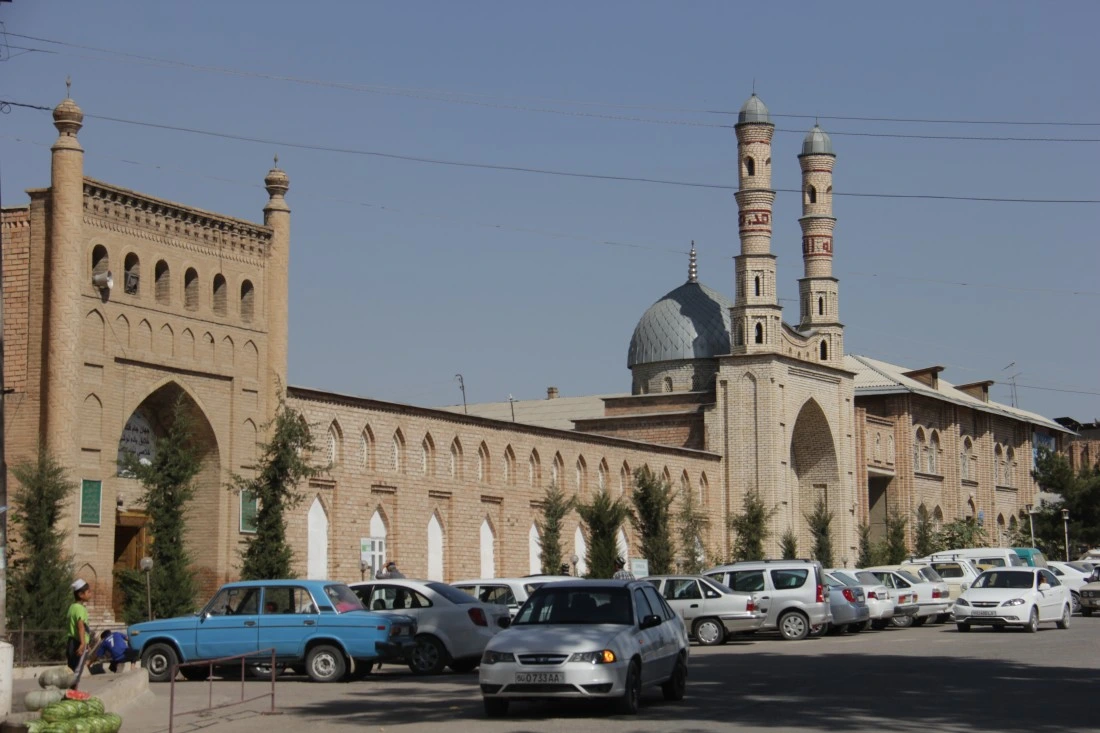🌿 Namangan: Nature and Tradition in the Fergana Valley

Located in the northern part of the fertile Fergana Valley, Namangan is a vibrant city with deep historical and cultural roots. Its name comes from "namak kan" – salt mines – and it flourished after settlers from Axsikent moved here. Today, Namangan is an industrial, agricultural, and cultural hub surrounded by gardens, mosques, and peaceful parks.
🏛️ History Shaped by Earthquakes and Empires
Namangan grew significantly in the 17th century, when people from the ancient city of Axsikent resettled here after a massive earthquake. Axsikent’s ruins – walls, fortresses, and pottery workshops – are still an important archaeological site.
In the 19th century, the Russians restructured Namangan into a modern city, and by the 20th century, it became a key center for textile and food industries in Uzbekistan.
🌸 Parks and Everyday Life
Namangan is known for its urban greenery. It is one of the greenest cities in Uzbekistan. Parks and orchards give its neighborhoods a peaceful atmosphere. In spring, the city comes alive with flowers and traditional festivals like the Flower Festival.
You can also visit the Central Park, Khodja Amin Mosque, and bustling market streets where tradition and modern life blend together.
🍽️ Local Cuisine
Namangan cuisine is rich and homemade. Don't miss the local plov with yellow carrots, pumpkin manty, and almond-honey sweets. Many dishes come from agricultural traditions and use fresh valley ingredients.
The central bazaar is a great place to buy spices, dried fruits, traditional textiles, and fresh produce.
🚉 How to Get to Namangan
Namangan is well-connected to Tashkent and Andijan by road and rail. It also has a national airport with regular flights. Its location in the Fergana Valley makes it a perfect base to explore northeastern Uzbekistan.
It's an ideal destination for travelers looking to combine history, nature, and Uzbek culture.
